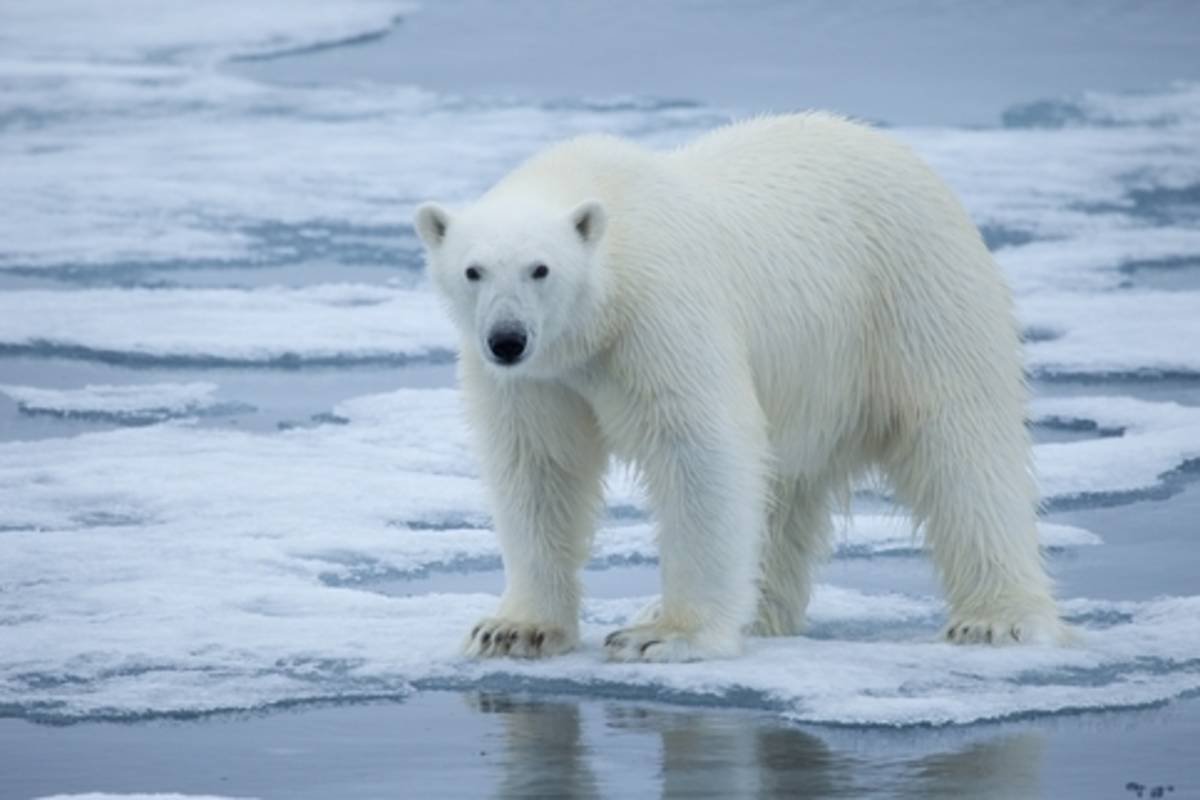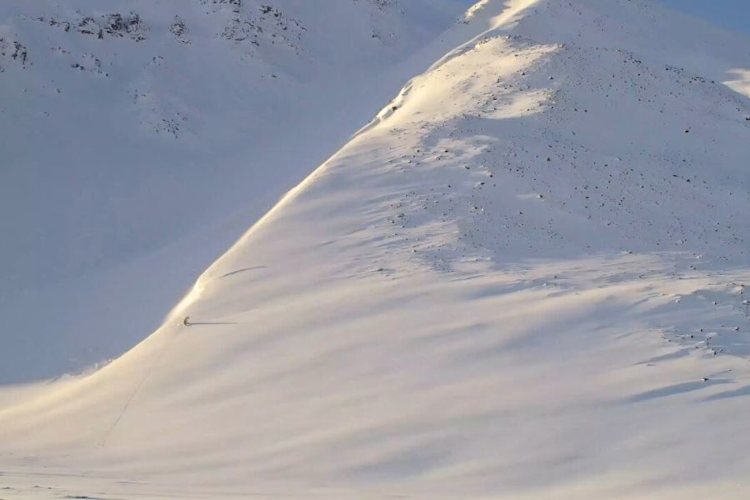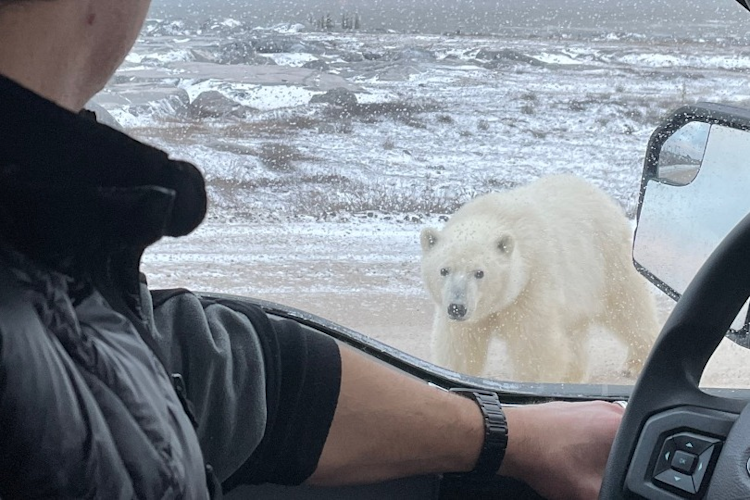Bozeman, Montana (May 14, 2018) – Ten years ago to the day, the U.S. granted polar bears protective status under the Endangered Species Act. Yet polar bears are now more imperiled than ever—by a warming world and the associated sea ice loss that threatens their survival.
“I never would have predicted that a decade after the listing, we would not have taken the actions necessary to save polar bears,” said Dr. Steve Amstrup, chief scientist at Polar Bears International. “In fact, with 10 years of inaction, we’ve lost another million square kilometers of summer sea ice. Polar bears rely on sea ice to hunt, breed, and sometimes to den. With 10 more years of continued warming and sea ice loss, the need to reduce greenhouse gas emissions is more urgent than ever.”
Since the polar bear was listed as threatened:
We are still on track to lose two-thirds of the world’s polar bears by 2050 if we continue with business as usual.
The polar bear’s reliance on Arctic sea ice and fat-rich seals is even clearer, with new studies showing, for example, that land-based foods can’t meet their high energy needs.
Summer sea ice decline, which is inversely proportional to global mean temperature, has averaged 14% per decade.
Reduced sea ice forces polar bears onto land or ice over deep and unproductive polar basin waters for lengthening periods. New research shows that, in both cases, polar bears are food-deprived.
The five lowest winter sea ice maximums have occurred during the last five years, setting the stage for deeper summer declines in coming years.
The Southern Beaufort Sea polar bear population in Alaska, which Amstrup studied for 30 years, has declined by 40 percent. Elsewhere in the Arctic, another well-studied population, Western Hudson Bay, has experienced significant declines.
The dangers of the world warming more than 2°C have become increasingly clear, with more severe storms occurring in every part of the country, drought frequency and intensity increasing, and sea level rise accelerating.
Yet despite overwhelming scientific evidence, current U.S. leadership denies that climate change is real—and is instead taking steps that will put us further down the path toward polar bear extinction and negatively impact the rest of life on Earth as we know it.
“These steps range from pulling out of the 2015 Paris Climate Agreement to pushing for more use of coal, the most polluting of all fossil fuels,” Amstrup said. “In addition, Congress has given the green light to oil and gas exploration in previously protected polar bear denning areas in the Arctic National Wildlife Refuge and is attempting to gut the Endangered Species Act.”
Prior to joining Polar Bears International, Amstrup was the head of polar bear research in Alaska for 30 years. One of his last major tasks as a government scientist was to lead the U.S. Geological Survey team that produced the series of reports convincing the U.S. Secretary of the Interior to grant the polar bear threatened status.
“We’ve learned much about polar bears in the intervening years,” Amstrup said, “and the new information has only corroborated the information we provided 10 years ago.”
The lack of action on climate led Amstrup to retire from his government job in 2010 to become chief scientist at Polar Bears International.
“I left the USGS not because I’d lost my interest in research, but because I knew that inspiring action to halt global warming was the only way to save polar bears,” he said.
“Now, as the U.S. government works to derail recent climate progress, inspiring action within the general public is more important than ever,” he emphasized. “In my current role, I can speak freely, without government-imposed restrictions, about the need for all of us to minimize our personal greenhouse gas footprints and vote for leaders concerned about the world we are leaving our children and grandchildren.”
About Polar Bears International
Polar Bears International’s mission is to conserve polar bears and the sea ice they depend on. Through media, science, and advocacy, they work to inspire people to care about the Arctic, the threats to its future, and the connection between this remote region and our global climate.
















